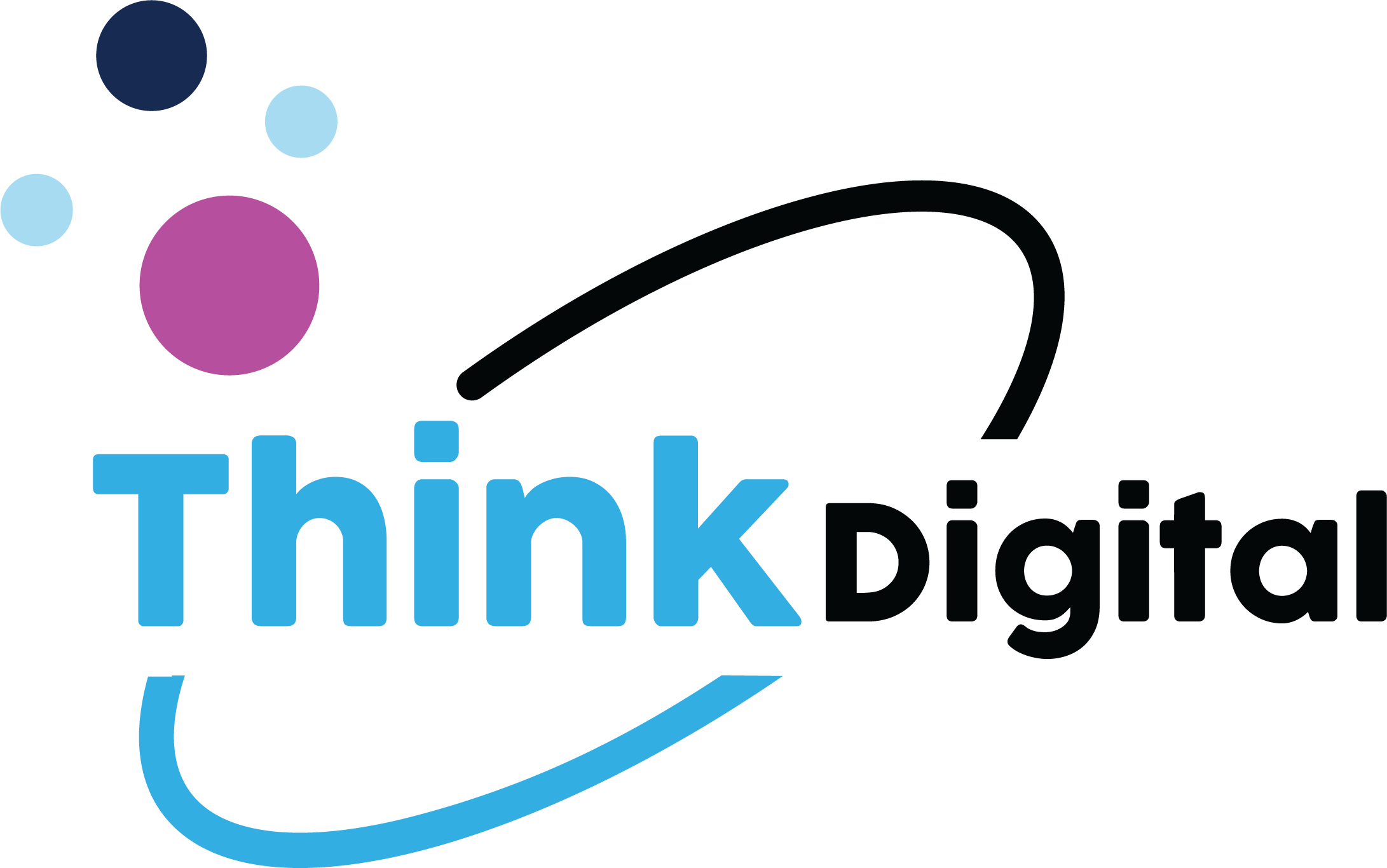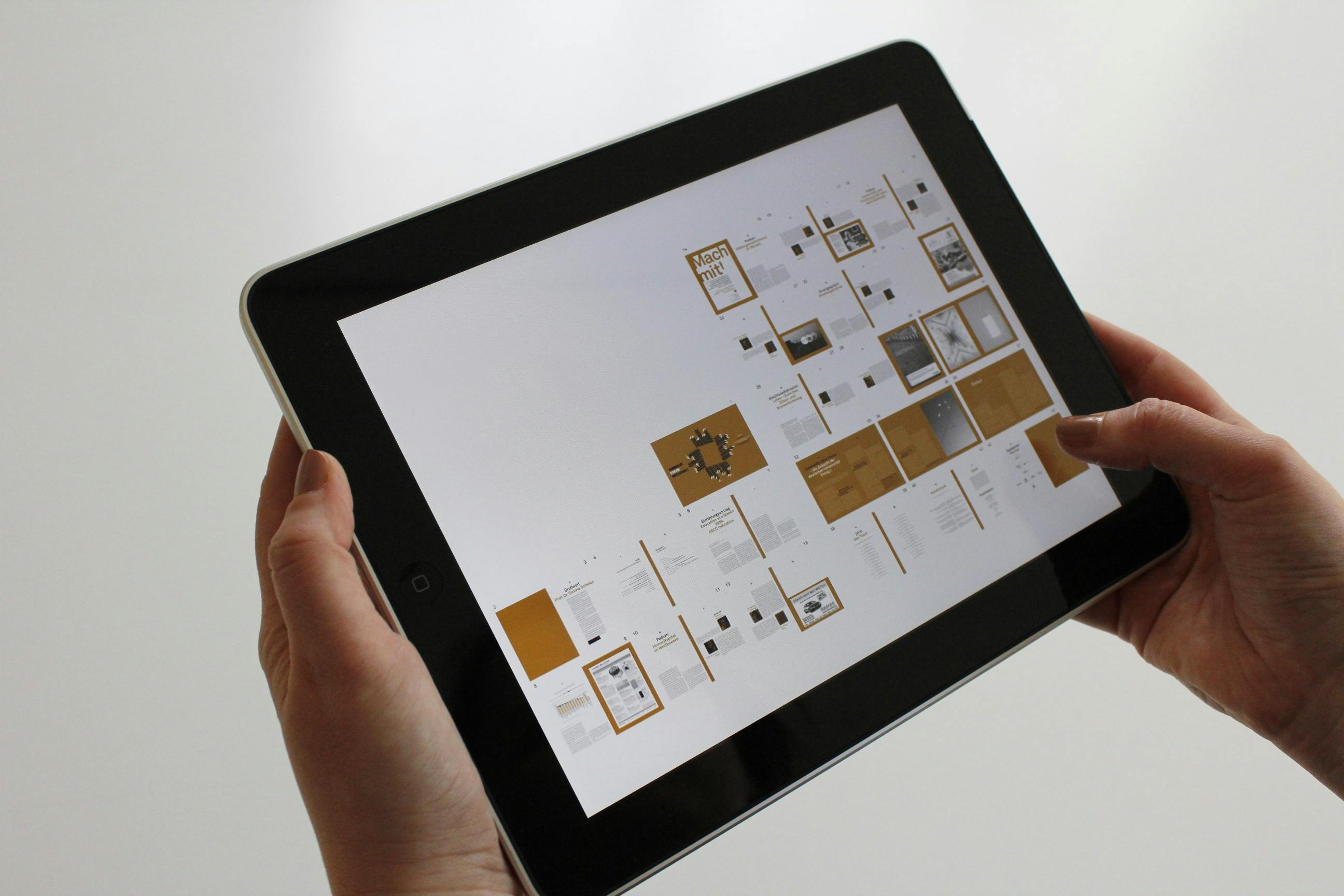In the rapidly advancing digital world, the importance of UX/UI design has grown exponentially. User experience (UX) and user interface (UI) are no longer afterthoughts but integral components of web development, influencing how users interact with websites and the success of online platforms. Today, web development trends are being heavily shaped by the demand for user-centric, aesthetically pleasing, and highly functional websites. Let’s explore how UX/UI design is driving the future of web development.
1. Mobile-First Design
With mobile usage surpassing desktop browsing, websites must prioritize mobile-first design to ensure seamless functionality across devices. Developers are focusing on creating responsive websites that adjust perfectly to any screen size, ensuring that users have a smooth experience whether they are on a smartphone, tablet, or desktop. This trend highlights the shift towards optimizing sites for smaller screens first, making the mobile experience a top priority in web development.
2. Minimalist UI
Simplicity is a major trend in web design. Minimalist user interfaces (UI) are now preferred because they eliminate clutter and distractions, allowing users to focus on essential content and actions. This approach emphasizes clean, open spaces, easy navigation, and a limited use of elements, which in turn enhances usability and makes the website more efficient. It also helps in speeding up load times, improving website performance and user satisfaction.
3. Micro-Interactions
Micro-interactions are subtle animations or responses to user actions, such as a button changing color when clicked or a confirmation message appearing after submitting a form. These small, often overlooked elements enhance user engagement by providing immediate feedback and making websites feel more interactive. By incorporating these interactive elements, UX/UI design can improve user satisfaction and make the overall browsing experience more intuitive.
4. Voice User Interface (VUI)
With the rise of voice search and smart assistants like Siri, Alexa, and Google Assistant, more websites are integrating Voice User Interfaces (VUI). This technology allows users to navigate websites or perform actions using voice commands, which is particularly beneficial for mobile users or those with accessibility needs. As voice search becomes more prevalent, websites that can accommodate voice interaction will provide a superior user experience, making VUI a critical aspect of future web development.
5. Dark Mode
Another popular UX/UI trend is dark mode. Offering users the ability to switch between light and dark themes is not only a stylistic choice but also improves user comfort, especially during nighttime browsing. Dark mode can reduce eye strain and save battery life on OLED screens, making it a popular feature across various websites and applications. By offering customizable themes, developers cater to user preferences, enhancing personalization and improving the overall user experience.
6. Accessibility
One of the most important aspects of modern web development is ensuring that websites are accessible to everyone, including people with disabilities. Web accessibility involves designing websites that are usable by individuals with visual, auditory, cognitive, or physical impairments. This can include features like keyboard navigation, screen reader support, and color contrast adjustments. As inclusivity becomes a top priority, websites that do not meet accessibility standards risk alienating a portion of their audience.
7. AI-Powered Personalization
Artificial Intelligence (AI) is revolutionizing web development by enabling personalized user experiences. AI algorithms can analyze user behavior, preferences, and patterns to deliver tailored content, recommendations, and layouts. Whether it's product recommendations on an e-commerce site or personalized content based on browsing history, AI-driven personalization enhances user satisfaction by making interactions more relevant and engaging.
8. Augmented Reality (AR)
Augmented Reality (AR) is another emerging trend that’s influencing the future of web development. AR allows users to interact with digital elements overlaid on the real world, creating an immersive experience. This technology is especially useful for industries like retail, where users can "try on" products virtually before making a purchase, or for real estate, where potential buyers can take virtual tours of properties. By incorporating AR into web design, developers can enhance user engagement and provide a more interactive, innovative experience.
The Future of Web Development is UX/UI-Driven
As web development continues to evolve, the role of UX/UI design will remain crucial in shaping the future of digital experiences. Prioritizing user-centered design principles ensures that websites are not only visually appealing but also highly functional and accessible. From mobile-first designs and minimalist UIs to the integration of AI and AR, the future of web development will be driven by innovations in UX/UI design that focus on creating seamless, personalized, and immersive user experiences.

